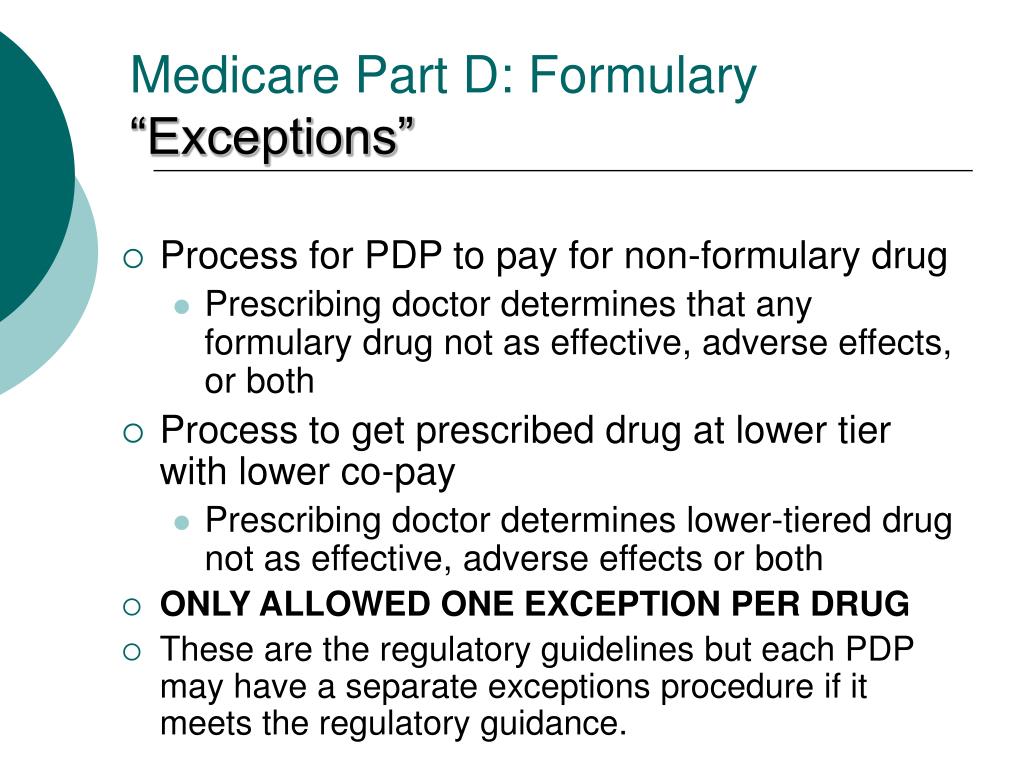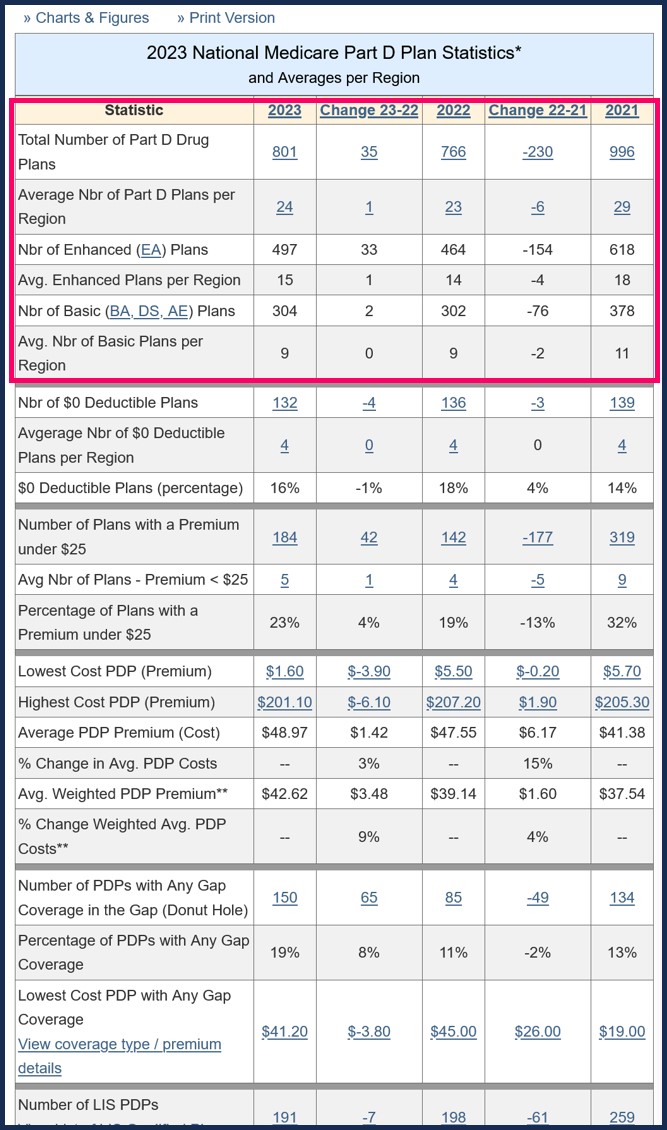Table of Contents
- PPT - Medicare Prescription Drug Benefit: Part D PowerPoint ...
- Humana Medicare Formulary 2025 Notification - Callum M OLeary
- Medicare Formulary 2025 - Juliane K. Hueber
- Hospital's Drug Formulary (2nd Edition) | PDF | Causes Of Death ...
- Fillable Online MEDICARE ADVANTAGE PRESCRIPTION DRUG PLAN (MAPD) Fax ...
- Express Scripts Medicare (PDP) 2021 Formulary (List of ... | 2021 ...
- Medicare Drug Formulary 2021 Pdf 44168 | Humana Drug Plan Formulary
- Medicare Formulary 2024 Pdf - Issy Rhodia
- Medicare Part D Formulary - YouTube
- Medicare Part D Formulary - YouTube



Background and Objectives




Key Provisions of the Final CY 2026 Part D Redesign Program Instructions


